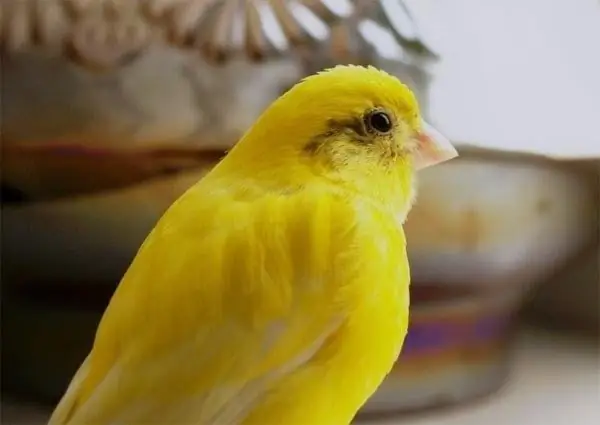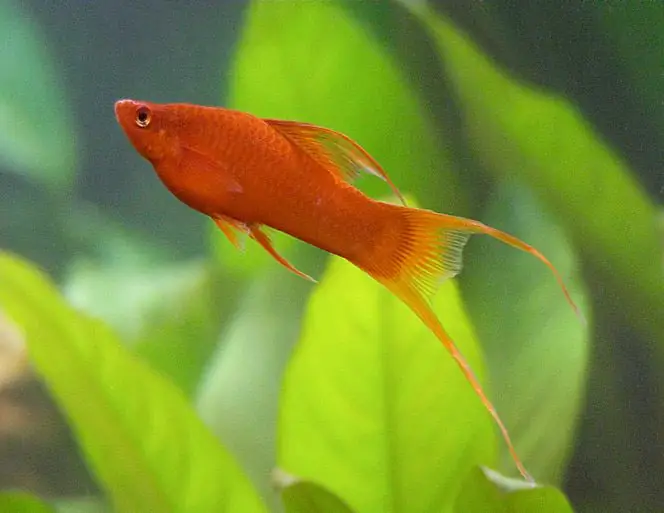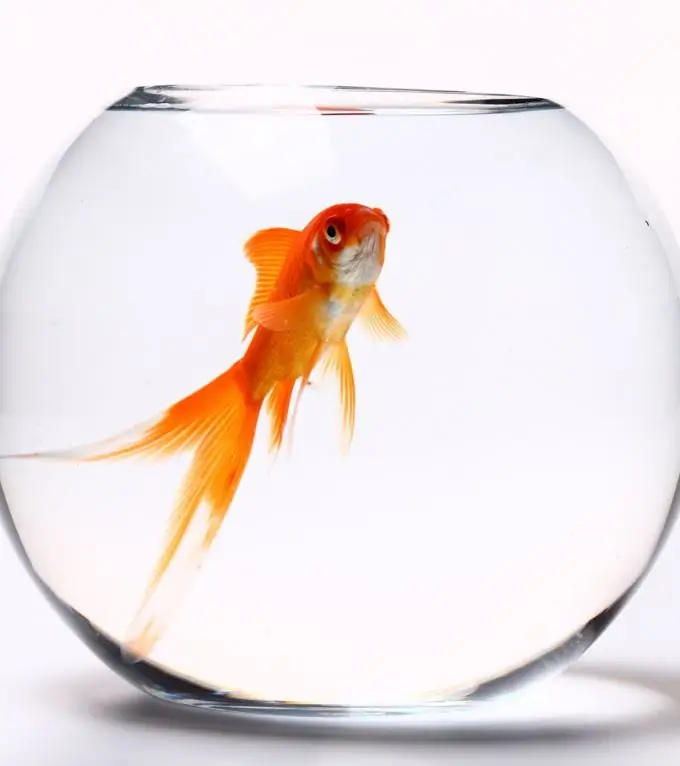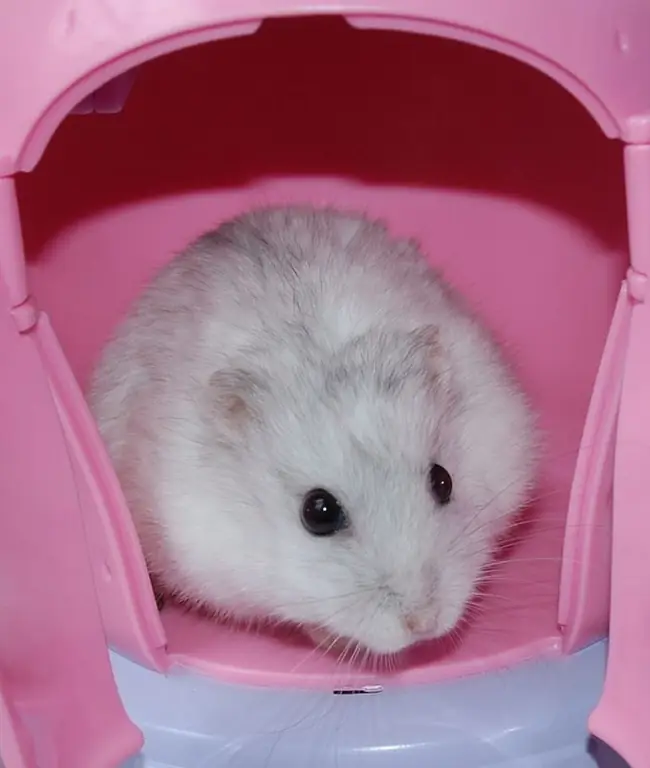- Author Delia Mathews [email protected].
- Public 2023-12-16 00:05.
- Last modified 2025-01-22 15:45.
When buying decorative animals, it is sometimes very difficult to distinguish the male from the female. And it also happens: taking a couple of animals, after a while you find that you have two same-sex creatures in your cage. Can you tell them apart at an early age? Consider a method applicable to decorative rodents.

Instructions
Step 1
To learn how to distinguish a female from a male, consider the sexual characteristics of animals using the chinchilla as an example. The same method can be used when choosing hamsters.

Step 2
Take your animal in your hands, place the upper body and head on the palm of your hand, and hold with the thumb of this hand. The back should hang freely. Support it lightly with your other hand.

Step 3
Now proceed to the study of the external genital organs of the animal. At first glance, they are very similar. After all, even in an adult male, you will not be able to find the testicles, which are hidden under the skin. Therefore, take a close look at the distance between the urinary genitals in animals and their anus. The chinchilla's anus, like other animals, is located closer to the tail. And then there is the penis in the male or the urethra in the female. If the distance is almost imperceptible, it seems that the two holes almost merge, then this is a female. Their anus and urethra are very close to each other.

Step 4
If there is a fairly noticeable gap between the holes, then you have a male in front of you. In male chinchillas, the distance between the anus and the genitals is approximately 3-4 mm.

Step 5
You can also look at the adults. Sometimes the female looks larger than the male. But this sign may not always be accurate. There are also males of considerable size.

Step 6
The behavior of the animals is also unlikely to determine their sex. Unless, before mating, the male performs jumping movements, as if trying to jump onto the female. But this also does not give a 100% guarantee - sometimes you come across very playful females who jump in the same way.
Step 7
Usually the female dominates in the pair. She behaves more actively, more mobile. But it all depends on the individual, her temperament and habits.
Step 8
But by color, it will definitely not be possible to determine the sex of your animal. Chinchillas do not differ in color, as is expressed, for example, in birds or some fish.






